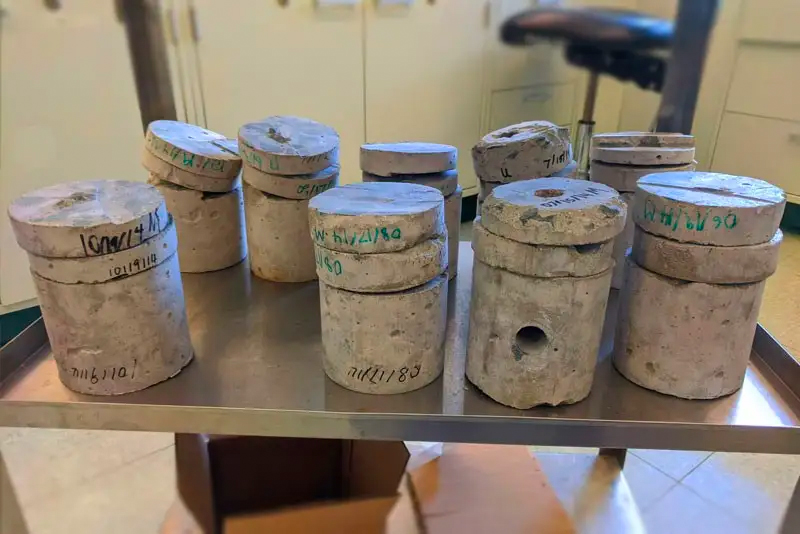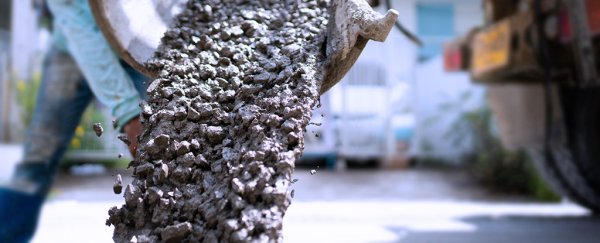Some types of bacteria are hardy enough to survive in the most inhospitable of conditions – and that includes concrete, as a new study proves. Not only can microbes survive in this dry, inhospitable building material, they can actually thrive there too.
The research shows that bacteria could provide early warnings of moisture-induced alkali-silica reactions (or 'concrete cancer') that can lead to structural deficiencies. Further down the line, we might even be able to harness bacteria to repair damage to bridges and roads.
While previous studies had already established that bacteria are able to make their homes inside concrete, here the scientists wanted to take a closer look at which microbes were present and how their communities might change over time.
"There was really nothing at all known about microbes in concrete," says microbiologist Julie Maresca, from the University of Delaware. "It's the most commonly used building material in the world, but we just don't know anything about what lives in there."
"It's in wet environments, sewer systems, bridge pilings and we know that microbes on surfaces can degrade it. But what's in there and does it do anything? Can it tell us anything?"
Maresca and her colleagues used 40 concrete cylinder samples for the study, each about the size of a liter (34 oz) bottle. Some used a standard concrete mix – prone to destructive alkali-silica reactions – while others used a tweaked formula designed to protect against these reactions.
After regular monitoring over two years on the roof of the lab, the most common bacteria discovered in the DNA analysis of the samples were Proteobacteria, Firmicutes, and Actinobacteria. Around 50-60 percent of the bacteria probably came from the raw materials, the researchers say, especially gravel.
The team observed that bacterial diversity dropped over time, though some types of bacteria had 'bounces' as the seasons changed – perhaps an indication that the availability of food sources was changing as well.
 Concrete samples used in the study. (University of Delaware)
Concrete samples used in the study. (University of Delaware)
"What are they eating?" says Maresca. "It's possible they're eating the dead bodies of other microbes. If there's nothing to eat, some of them can form spores or form a dormant cell type and do nothing until it rains, then eat as much as they can and go dormant again."
There was little difference in the bacteria found in the two types of concrete, though some types of microbes did appear to prefer the standard mix. The researchers are hoping that further study might help us to identify potentially unstable structures just by their bacteria, before any cracks even appear.
In a 2020 report from the US, more than 45,000 of the country's 618,456 bridges were listed as being in "poor" condition – not the most comforting thought if you've got a road trip booked. As we've seen recently, collapsing concrete can be fatal.
As some bacteria can produce calcium carbonate – which is suitable for filling in concrete cracks and pores – there's a hope that these microorganisms could be used to help repair buildings and infrastructure, though that sort of application is a long way off.
"As far as we know, the microbes are not damaging the concrete," says Maresca. "Microbes are not eating the foundations. We're hoping to use them for information and potentially to help with repair."
The research has been published in mSystems.
